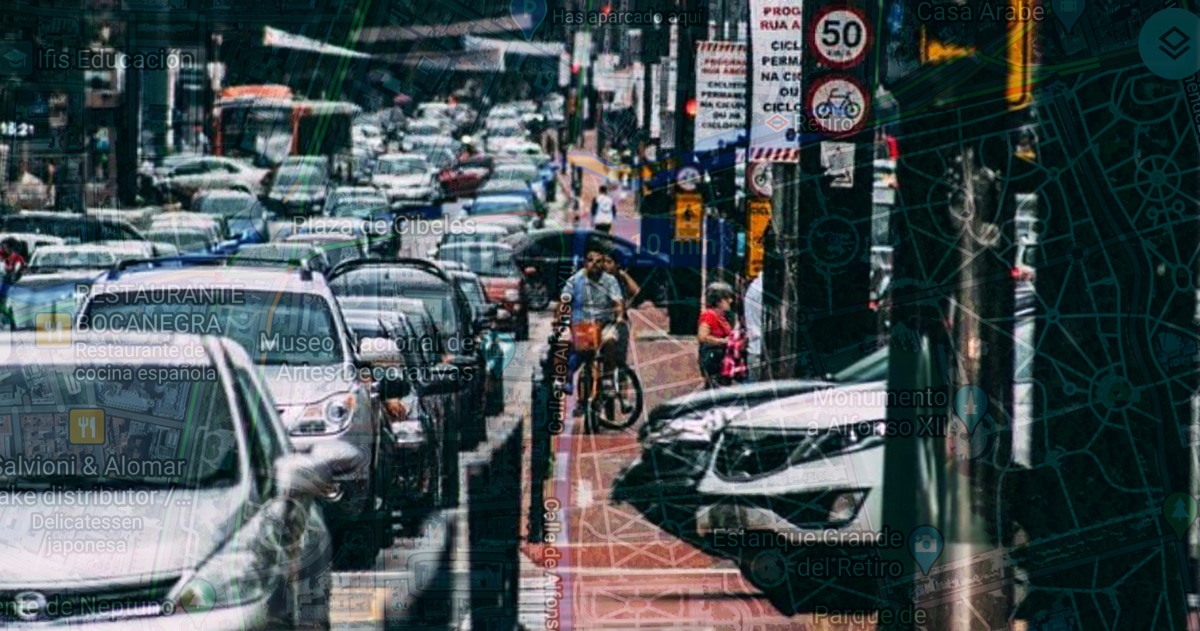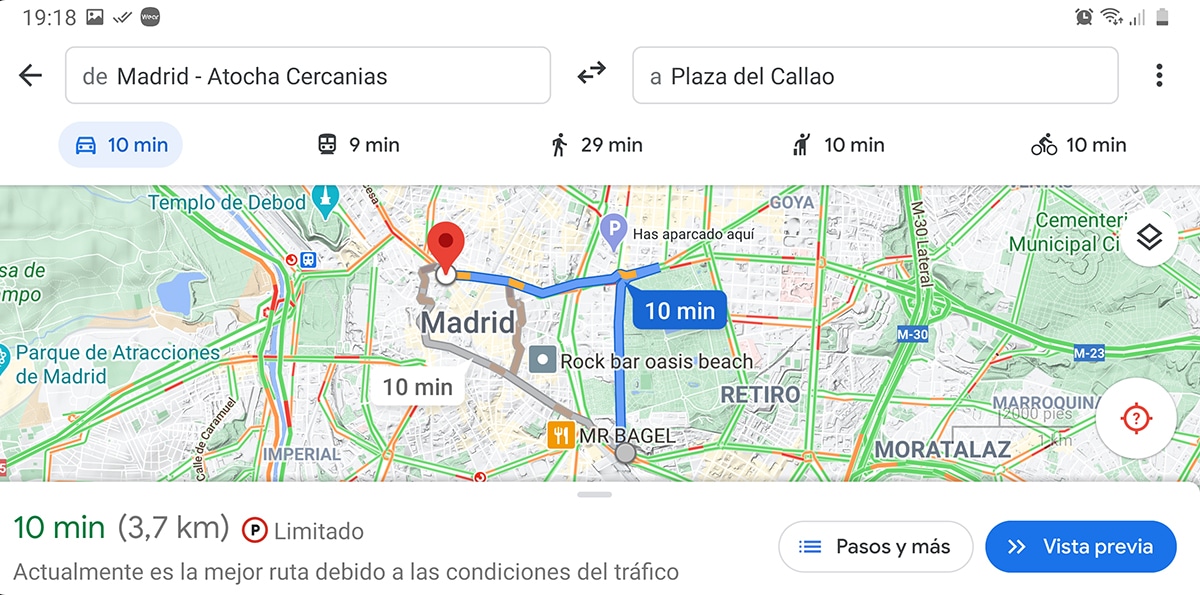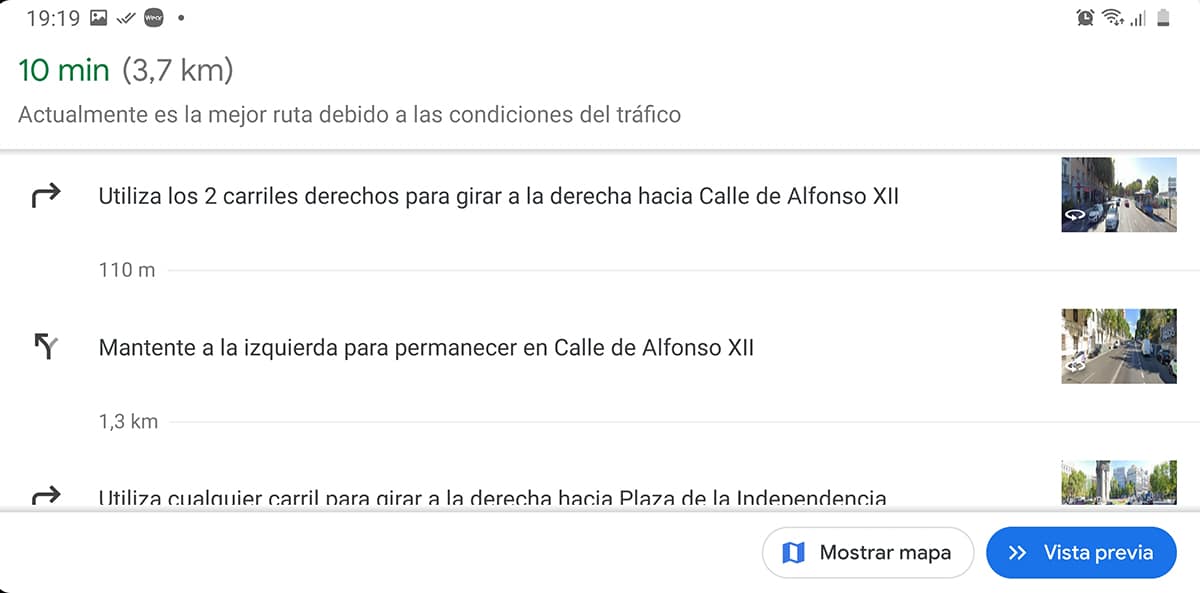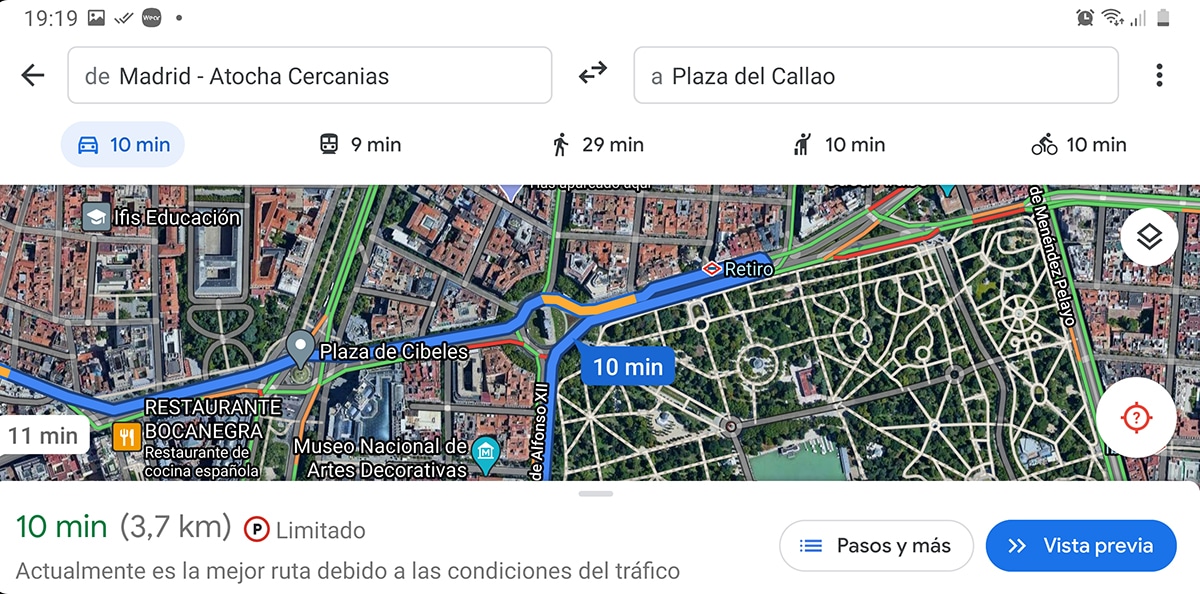
Google Maps is an app that helps 1.000 million kilometers to be traveled every day through its navigation interface. And those routes are marked by an artificial intelligence that is in charge of "stipulating" them. We are going to shed some light on how Google Maps works from the same blog by the great G.
A navigation to a destination where when we mark it the way to go is displayed, if the traffic on the route is dense, an estimated time of arrival and another for the time we will use to reach the destination. These data offered come from a large amount of information managed internally.
How the Google Maps browser works

Google has open the box of secrets with this publication in which it explains how the Maps browser works internally. Let's say that when we navigate to a route in Maps we are already offering information about the state of that street, highway or highway. These data are of great value, but they are not worth much when an estimate has to be made of how that road will be in 20, 30 or 50 minutes. And this is where the technology provided by Google comes in.
El 'machine learning' comes into play to give better estimates for the next few minutes, and thus analyze the historical traffic patterns of a road. An example would be the A-6 in Madrid. A pattern on this highway or exit from Madrid indicates that between 6 and 7 in the morning the vehicles go at a speed of 90km / h. While in the afternoon it reaches 30-50km / h.
The artificial intelligence of Google Maps to giving estimates crosses that data with the current ones of the current way and uses the 'machine learning' to generate predictions based on both data.
If we already have Google has partnered with DeepMind, a research laboratory from Alphabet of Artificial Intelligence, the predictions reach 97% of all the routes taken with the Google Maps browser. DeepMind uses a technology called Neural Graphical Networks and they significantly improve estimates in cities like Berlin, Jakarta or Tokyo.
Updating current traffic patterns

The problem you are currently encountering Google Maps lies in the pandemic itself and how it has forced entire cities to see diminished your traffic considerably. Upon returning to "normal", this traffic is not the same and other patterns are being used to go to destinations.
In fact it has forced Google Maps will update its models to prioritize to the traffic patterns of the last 3-4 weeks. That is, the pandemic has forced Google to put the batteries in due to the changes carried out by many cities.
How Google Maps selects routes

Maps traffic prediction models are a more than important part of determining routes. For example, if traffic is predicted to be heavy in one direction, an alternative will be sought on the route. At the same time, other aspects such as the quality of the road, its width and that it is an important road such as a motorway or dual carriageway are looked at.
The other two sources of information that determine a route come from one of the local government sources, while the other is the users themselves. Data supplied by local forces provides information on speed limits, tolls or if there are restrictions on the roads.
The users who report in real time that there is a stationary vehicle on the road, or if a lane is closed, complete the information with which the route to be given to the user will be determined.
Google clarifies that they will continue to improve the models and updating technology to give better route predictions. In fact, it does so automatically when it finds a road with a lot of traffic and gives an alternative without you practically knowing what is happening. As long as you can know how Maps prepares for the arrival of dark mode.